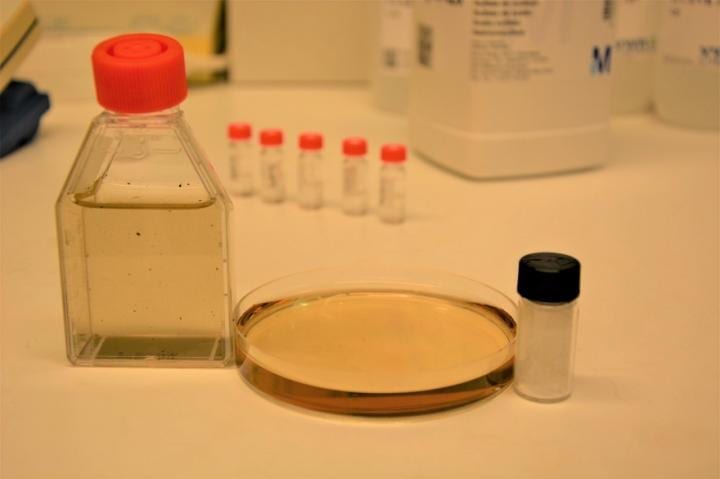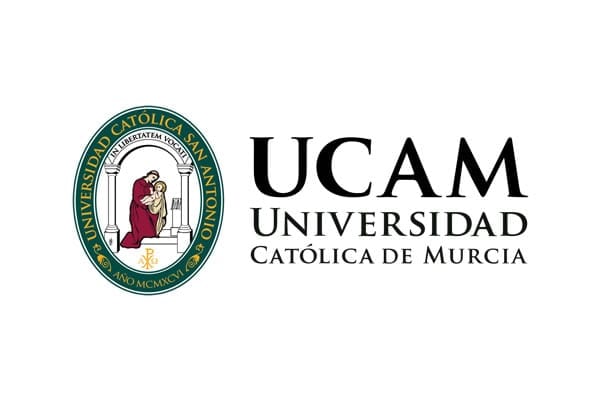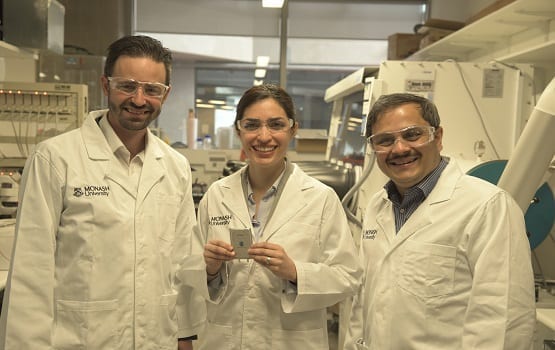Plastic carbon was transformed even to beneficial fatty acids, omega-3 and omega-6, by the microbes originating from humic lakes.
CREDIT
The University of Jyväskylä
The Latest Updates from Bing News & Google News
Go deeper with Bing News on:
Microplastics
- Researchers uncover new oceanic locations where microplastics are accumulating: 'Global initiatives are necessary to conserve these rich ecosystems'
If coral reefs die or dwindle in health, whole ecosystems could be affected. Researchers uncover new oceanic locations where microplastics are accumulating: 'Global initiatives are necessary to ...
- Toxic chemicals from microplastics can be absorbed by the skin, study finds
A new study used 3D human skin-equivalent models to examine how flame retardant additives in microplastics are absorbed by the skin. The findings show that several flame-retardant additives passed ...
- Breaking the Skin Barrier: Scientists Discover New Health Risks of Microplastics
New research indicates that toxic chemicals added to plastic materials for flame resistance can enter the body through the skin by contact with microplastics. The study offers the first experimental ...
- 5 Ways To Reduce Your Microplastics Exposure In The ‘Plasticene’ Era
Emerging research shows microplastics—which are everywhere—are linked to health problems. Here are five ways to reduce your microplastics exposure.
- Earth Week underway as UN committee debates plastics and microplastics. Here's why.
Plastic has become ubiquitous in our environment. It's now considered "a crisis of global proportion," according to as United Nations' committee.
Go deeper with Google Headlines on:
Microplastics
[google_news title=”” keyword=”microplastics” num_posts=”5″ blurb_length=”0″ show_thumb=”left”]
Go deeper with Bing News on:
Omega-3 fatty acids from microplastics
- Top 8 Best Omega 3 Fatty Acid Supplements in 2024
Omega 3 fatty acids play a crucial role in maintaining our overall health. Their benefits are particularly noteworthy for the heart, brain, and eyes. However, as our bodies cannot naturally ...
- Biggest change in omega-3 levels key to heart protection: long-term study
A study done on heart attack patients used a high dose of omega-3s for six months followed by six years of follow-up. The intervention prevented further heart episodes only in the group that improved ...
- Harvard Doctor Says This Much Omega 3 per Day Is Essential for Good Health — Here’s How To Get It
But now, it’s easy to fill an entire medicine cabinet — or more — with vitamins and supplements. But do we really need to be taking all of them? One that experts agree is worth keeping on hand is ...
- Top 6 Best Omega 3 6 9 Supplement in 2024
Omega 3, 6, and 9 fatty acids are crucial nutrients that have the potential to enhance heart health, brain operations, and immune system resilience. Although our bodies have the ability to ...
- How to get the right balance of omega-3s and omega-6s in your diet
The balance of omega fatty acids in the food we eat affects our health. But what does the evidence say about claims you should be seeking to reduce omega-6 intake as well as boosting omega-3s?
Go deeper with Google Headlines on:
Omega-3 fatty acids from microplastics
[google_news title=”” keyword=”omega-3 fatty acids from microplastics” num_posts=”5″ blurb_length=”0″ show_thumb=”left”]










